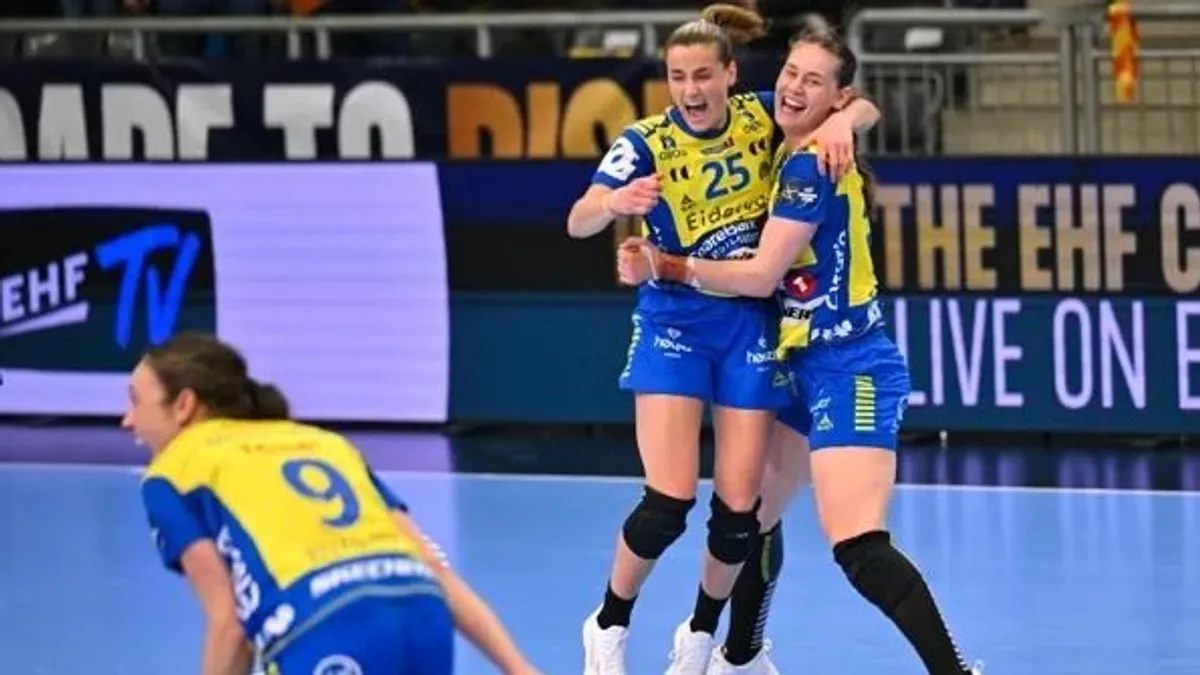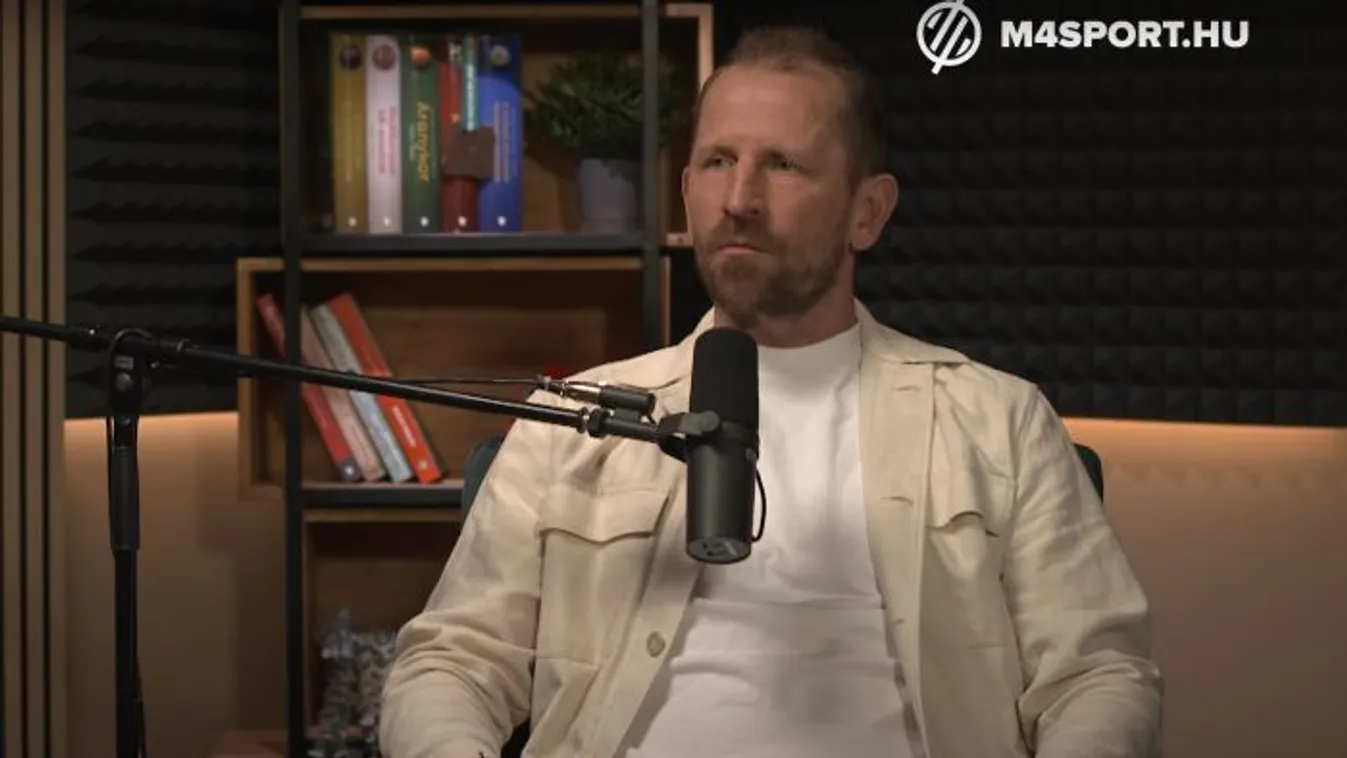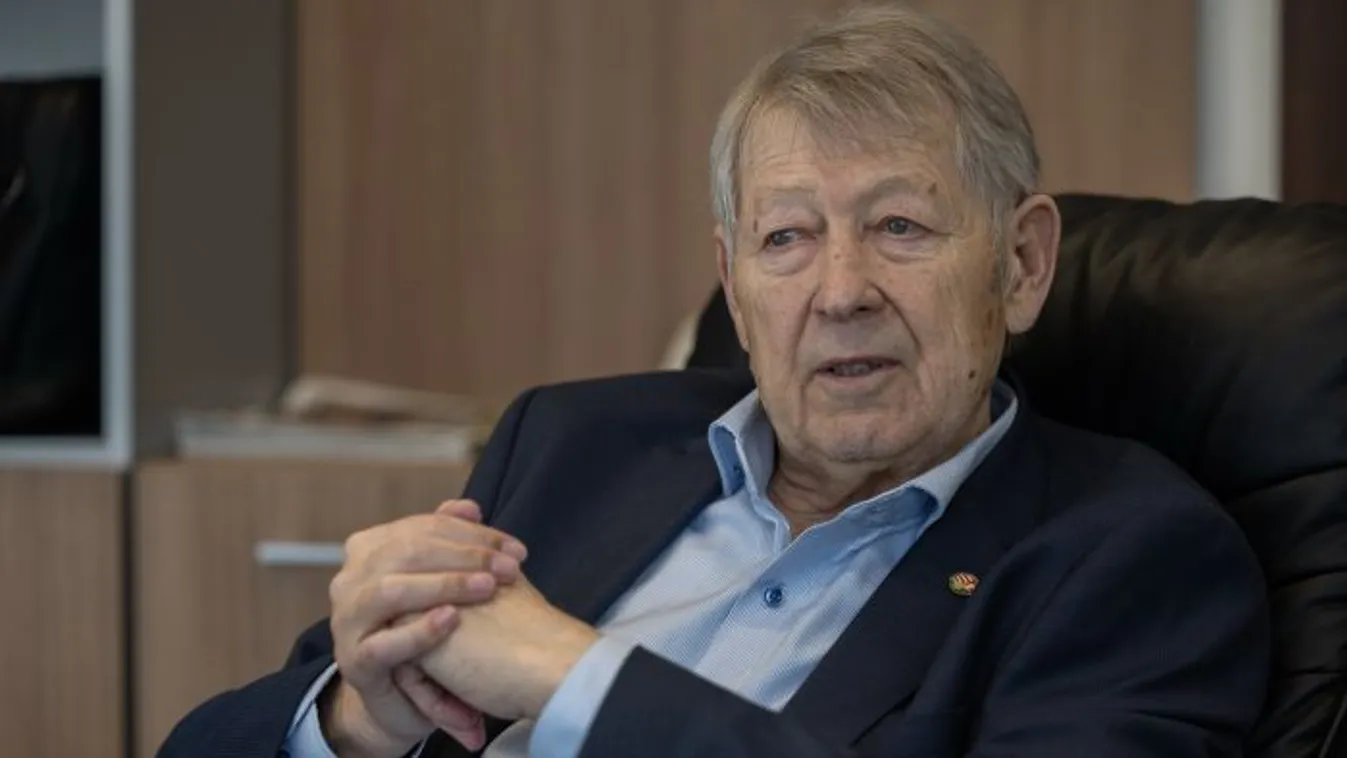Ancient Anglo-Hungarian football friendship with cool and distant decades
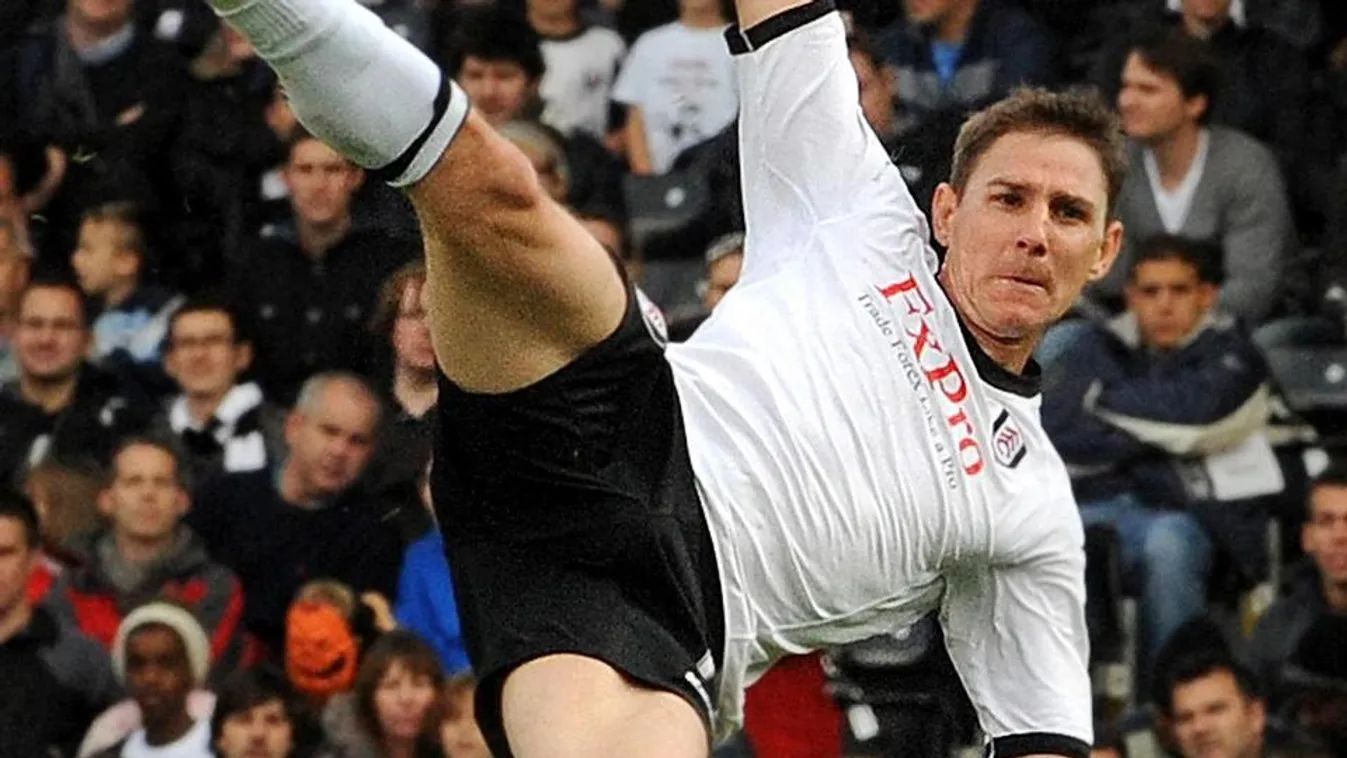
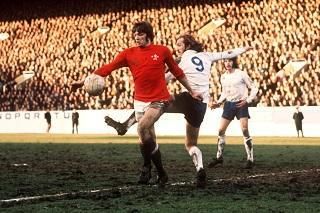
„Everything we know about this sport was learned from Jimmy Hogan," Sándor Barcs, president of the Hungarian Football Association, told reporters after the 6-3 victory at Wembley in 1953. "Prophet or traitor?" – author Norman Fox asks the question, referring to the snippet of football magic in the title of Hogan's portrait book in 2003. If we start on this calamity, we should undoubtedly start with the story of the epochal MTK coach of Irish descent who was born in 1882 in the land of England. The following article is dedicated to the wanderers of the Anglo-Hungarian football relations.
However, let's fly back a few more years in time. The key man is a now-forgotten typewriter dealer named Edward Shires from Manchester, who made sure that after the rules and the spirit of the game, English football knowledge also arrived on Hungarian soil. The representative of the Underwood typewriter factory, who had been living in Vienna for many years, moved to Budapest in 1904 and immediately joined MTK team as a player. He retired a year later due to an injury and started managing the club. In 1911, he was the one who had enough of the depressing superiority of Ferencváros, that had won its third league title in a row at the time, and lured two key players from Great Britain to Hungária út: Joseph Lane, the English striker, the first goalscorer at the then-inaugurated MTK Stadium, and John Tait Robertson, the renowned Scottish coach (the first player at Chelsea that was founded in 1905), who, as a former Everton and Southampton footballer, felt extremely at home in the world of English football).
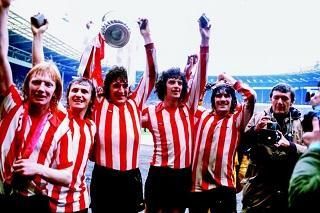
„It wasRobertsonwho did the most for developingfootballinHungary,'” Jonathan Wilson quotes Shires in his book How the Golden Age of Hungarian Football Shaped the Modern Game(2019). "The Hungarians learned more from him in two years than they would have learned from somebody else in ten. As a result of his work and the example set by Lane, the MTK style was created and MTK became a stronger and stronger opponent for Ferencváros to face."
Why did the funder have to return home in 1913? Twenty years later, the typewriter dealer who lured him to Budapest made a mysterious reference to the reasons for his departure: "It is a pity that he wasn't teetotal..."
Three years after the mysterious move on of British football's Hungarian missionary, Jimmy Hogan, the great coach appointed by Barcs, appeared in Budapest. He spent years in Vienna, which were full of professional successes but also a burden because of wartime imprisonment. Hogan referred to the Hungarian capital as the most beautiful city in Europe, where he created a heyday on Hungária út as MTK's coach, helping the team to win four league titles. Besides, he discovered the two epochal personalities of Hungarian football while walking around Városliget and observing two young men passing a ball to each other... "They were studying English and, as a practice, they were happy to talk to me. I pounced on them and said, 'They're mine.'" One of them was György Orth, the other was called József Braun, commonly known by his nickname „Csibi.”
„Sometimes I'm accused of being an expert on short pass play. It's just ridiculous! Anyone who has seen the Hungarians play must acknowledge that we have used short passes, cross passes, starts and backward passes, and everything else that has contributed to possessing the ball as much aspossible,"Hogan said of the football style introduced at MTK. Before and after his work, Ernst Street, William Holmes, Barney Gannon, and Herbert Burgess from the island nation also contributed to the style. Hogan summed up his general impressions as follows: „I will never forget the kindness of the Hungarians, nor their antipathy toward the Austrians and Germans.”
The latter comment refers to the passions in the hinterland of the Central Powers, but the effects of the World War I were directly suffered by Hungarian sport in the following years. In 1920, Sporthírlap reported that a sports boycott against war losers could be an obstacle to Ferenc Plattkó's contract with England while other sources reported that it would only be possible to reach a deal with a Yugoslav or Czechoslovak passport. If it had come together, the excellent goalkeeper of the era would have been the first known Hungarian footballer in England, which was still closed off from the continent's player market at the time. The goalkeeper, who later made a bright career at Barcelona, did indeed spend a short time at Middlesbrough; his brilliant defense made a big impact, but the deal was not signed. (Let's add that Plattkó later visited Arsenal in 1936. It is said that unofficially he was even a coach, and in 1939 he went on a study trip to England.)

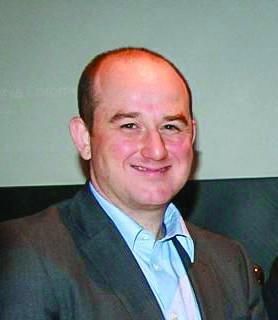
Between the two world wars, Hungarian football was characterized by a significant expansion of players and coaches, which is why Nemzeti Sport was curious to open up the volume "Adventurous Hungarian Footballers", published in 1999, in case some prominent footballers represented Hungary in English football. However, the names in the collection are mostly in insignificant teams, possibly in age groups, or in some cases are from unidentified periods. The more interesting ones are related only to later decades. For example, Imre Vincze (1939–2019), who stayed in the “west” with the members of the youth team in 1956 and later unfolded at Borussia Dortmund, spoke about the adventurous beginnings in a FourFourTwo interview with András Ch. Gáll in 2017.
„I ended up in the villa of Imre Kaldor, or Káldor Imre, who was knighted by the Queen of England, was a university professor at Cambridge, and then the UN's economic director. So, he had brains and was an ultrarich man. I lived with them for a year, I was a gardener and housekeeper, and I went to training at Cambridge United. All I cared about was football, but they couldn't sign me because I had a 14-month suspension! I was later recommended to Wolverhampton, where Billy Wright, the legendary England center back, also played. I earned £8 a week as a contracted youth footballer –Wright and his teammates showed us, young people what we had to do in training – and I barely made a living doing it, but only by eating at Kaldor's. I played under the table because I didn't have a license yet."
Like Vincze, the legends (Ferenc Puskás, Zoltán Czibor and Sándor Kocsis) of Hungarian football immigrated to the “west” after 1956, and also faced the FIFA ban. It is little known that Manchester United, that lost eight of their footballers in the Munich air disaster on February 6, 1958, seriously considered the inhibitory environment, seeking special permission to hire the three "freelancers" as fast as lightning. Ferenc Puskás himself spoke about this in Rogan P. Taylor's 1997 Puskás book. Cliff Butler, United's club historian, also told The Manchester Evening News exactly why the plan had failed: „In England, the weekly salary cap of £20 was in place, and Puskás was later signed by Real Madrid for a salary of £600-700 a week.” Jimmy Murphy, author of Matt... United... and Me, adds that even if a loophole had been found to circumvent the barrier, the club management had in the meantime prevailed in the intention of filling the team with local English players rather than foreign stars.
From the late 1940s, an impassable wall between Hungary and England due to the political systems hindered possible player movements, and after a long time, the first transferer would have been Zoltán Csucsánszky. First-tier English club Coventry City invited the 24-year-old midfielder, who was named Footballer of the Year based on Népsport's ratings and finished fourth with Videoton in the 1988-89 season, to a trial game.
„I spent 10 days with the team. Everything went well, the contract was already prepared when in the last half hour of the last training match on the last day I moved badly on the ball and suffered a cruciate ligament tear," the former footballer told our portal. "I used to say to a circle of friends, if it didn't happen that way, I'm sure I'd have 600 English topflight games in my legs now..."
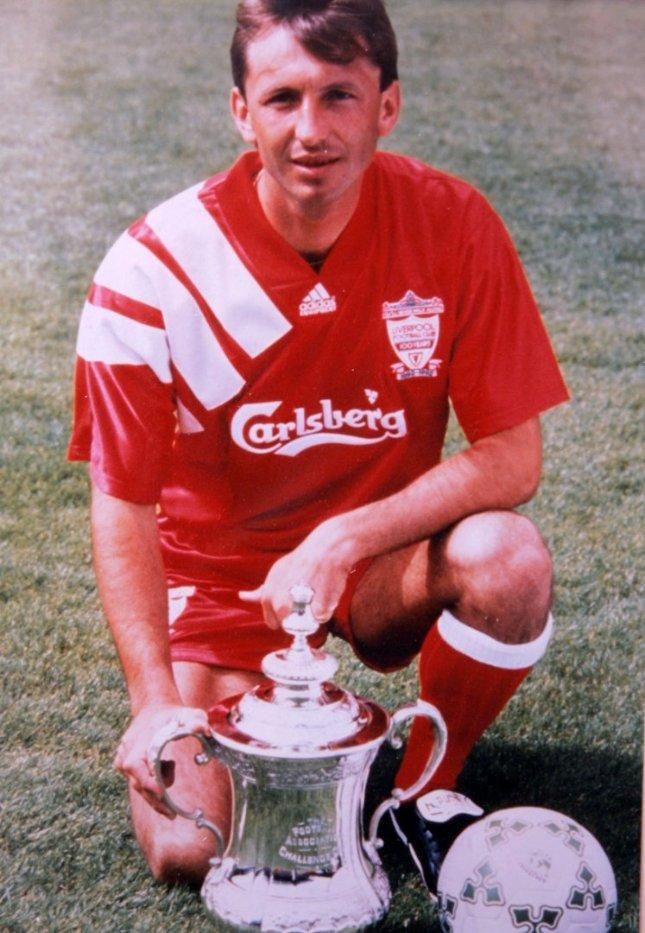
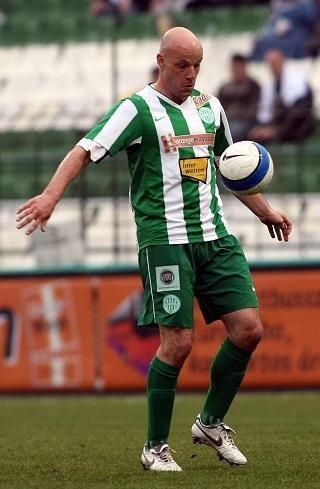
Then the first Hungarian swallow appeared beyond the channel: Liverpool bought István Kozma for £300,000 from Dunfermline, Scotland in January 1992, six months before the Premier League was born. He played five league games and two cup matches for Graeme Souness in the spring and although he did not play in the final against Sunderland in London (2–0), he can claim to be an FA Cup winner.
„It was the old Wembley, and it was a full house," he recalled the day of the cup victory in an interview with Attila Ághassi on Telex. "We were sitting behind the bench, and I remember Grobbelaar knocking his head on the goalpost at one of the defenses. McManaman, whom I called ‘Rongylábú' (Tricky) for his unfathomable changes of direction and dribbles, played a big part in the game. (...) We went home to Liverpool the next day where there was a huge celebration. First, we were taken around the city on an open double-decker where a lot of relics were thrown up to us, then we went into our stadium and the ecstasy continued in front of a full house."
István Kozma, however, experienced not only the England spotlight, but also the often unfair, extreme voice of the English sports press. In 2007, The Times, based on fan reviews, made a list of the worst transfers in the Premier League and placed the Hungarian striker fourth in the 50-player ranking, behind Ali Dia, Tomas Brolin, and Gus Caesar. It is a fact that his first full season turned out badly, he was a substitute once in the 1992–93 league – but as a substitute for Liverpool!
The English newspapers did not spare Sándor Torghelle either. He was already a member of the 2000s Hungarian football delegation in England and had a struggling season at Crystal Palace in 2004–05. The striker, who was bought for £750,000 (according to The Sun's specialist Mark Irwin, £745,000 of which was a waste of money), did not score in 12 league games but did in the League Cup.
„In hindsight, I played very few matches in England, but there were many components to this," the 1982-born attacker, Zsolt Somogyi, said in his autobiography. "It was too much of a leap from the Hungarian league to the Premier League, but I did not regret for a minute that I had transferred there, that I had tried myself, and not just because of the money. I've become more, I've learned a lot, my game has accelerated."
Zoltán Gera started his career in England at West Brom
Ákos Buzsáky became an audience favorite at QPRYou can also see from the infographic attached to our article that the great Hungarian player invasion didn't coincidentally start in 2004. Hungary joined the European Union on May 1, and the United Kingdom immediately opened up the labor market to Hungarians. Although our compilation focuses on Premier League players only, it is a fact that in the following years, Hungarian footballers also showed up at second or third tier teams. Three Hungarian goalkeepers – Ádám Bogdán, Márton Fülöp and Gábor Király – have played in the topflight for several seasons. However, the strongest footprint was probably left by Zoltán Gera, who has played football in England for a decade, who signed for West Bromwich Albion from Ferencváros for £1.5 million in 2004 and won a Europa League silver medal with Fulham in the 2009–2010 season. At the London club that summer, he earned the Best of the Year award, returning something that Barcs said Hungarian football owes to English coaches.

Transleted by Vanda Orosz

Eredmény és karakter – Thury Gábor jegyzete

Kép: Szoboszlai Dominik megházasodott

Curtis pofonvágta az őt gyalázó szurkolót a lelátón

Az MU egyszer találta el a kaput, de egy szerencsés góllal így is nyert
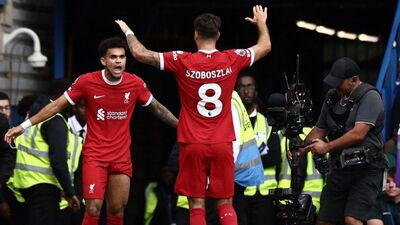
Ez nem hiányzott: Szoboszlai Dominik még egy világsztár miatt aggódhat!

Milliárdokért árulja luxusotthonát az olimpiai bajnok

Villámgyors finomság – az 5 legjobb tejbegrízrecept

Orbán Viktor elutazik, ezen a helyen magyar kormányfő még nem járt
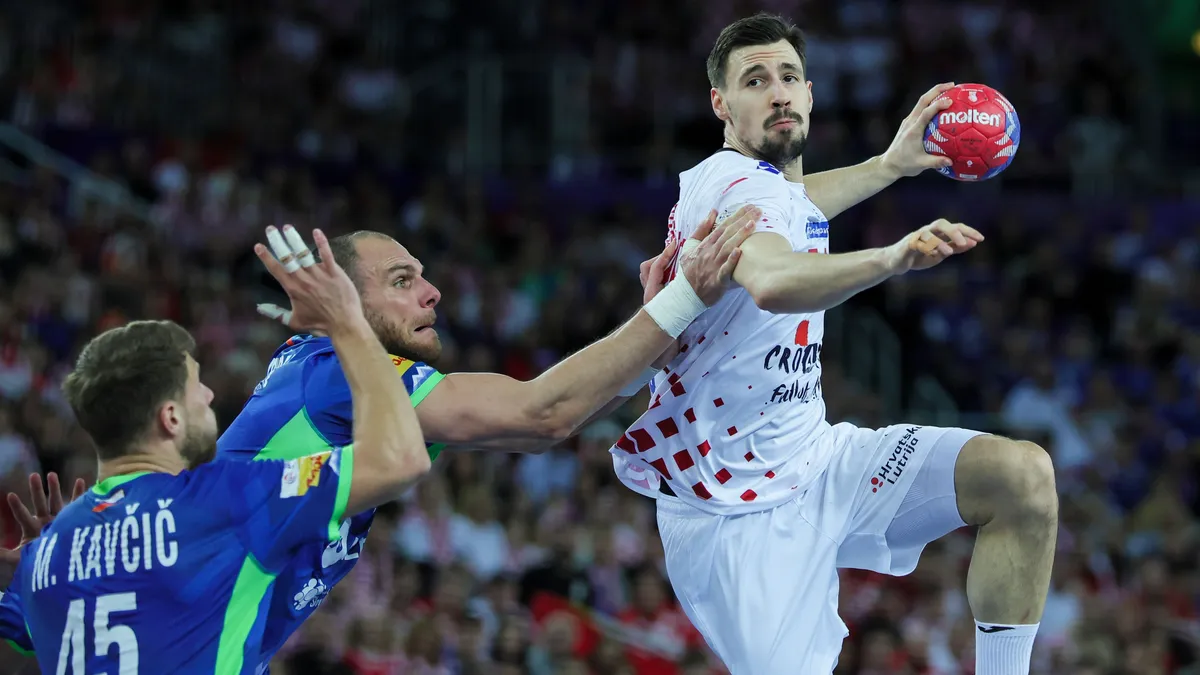
A szlovénokat legyőző Horvátország lesz a mieink negyeddöntős ellenfele kedden 18 órakor a kézi-vb-n
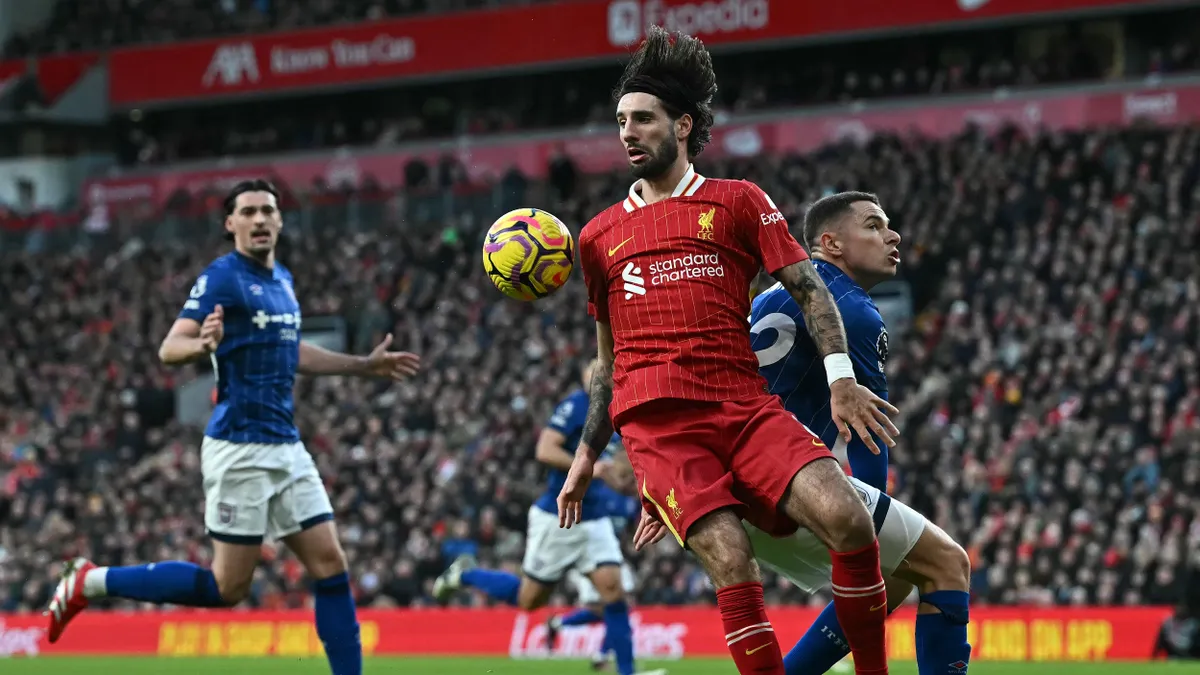
Szoboszlai szenzációs passzán ámul a világ - videó

A Chiefs újabb drámai meccsen nyert a Bills ellen – triplázás kapujában a Kansas City!

Chema Rodríguez: Óriási dolog, hogy sorozatban harmadszor ott vagyunk a nyolc között

Hétfői sportműsor: olasz, spanyol és angol futball, magyar futsal
